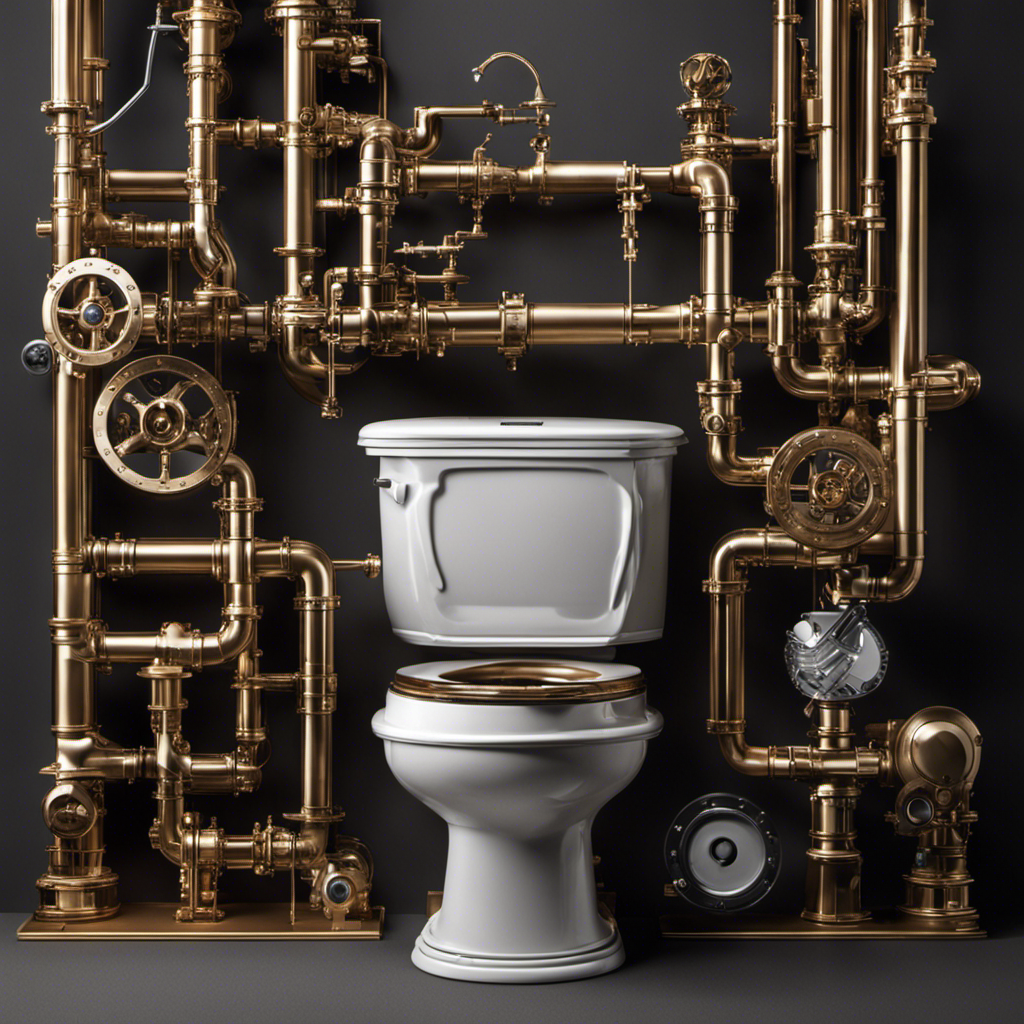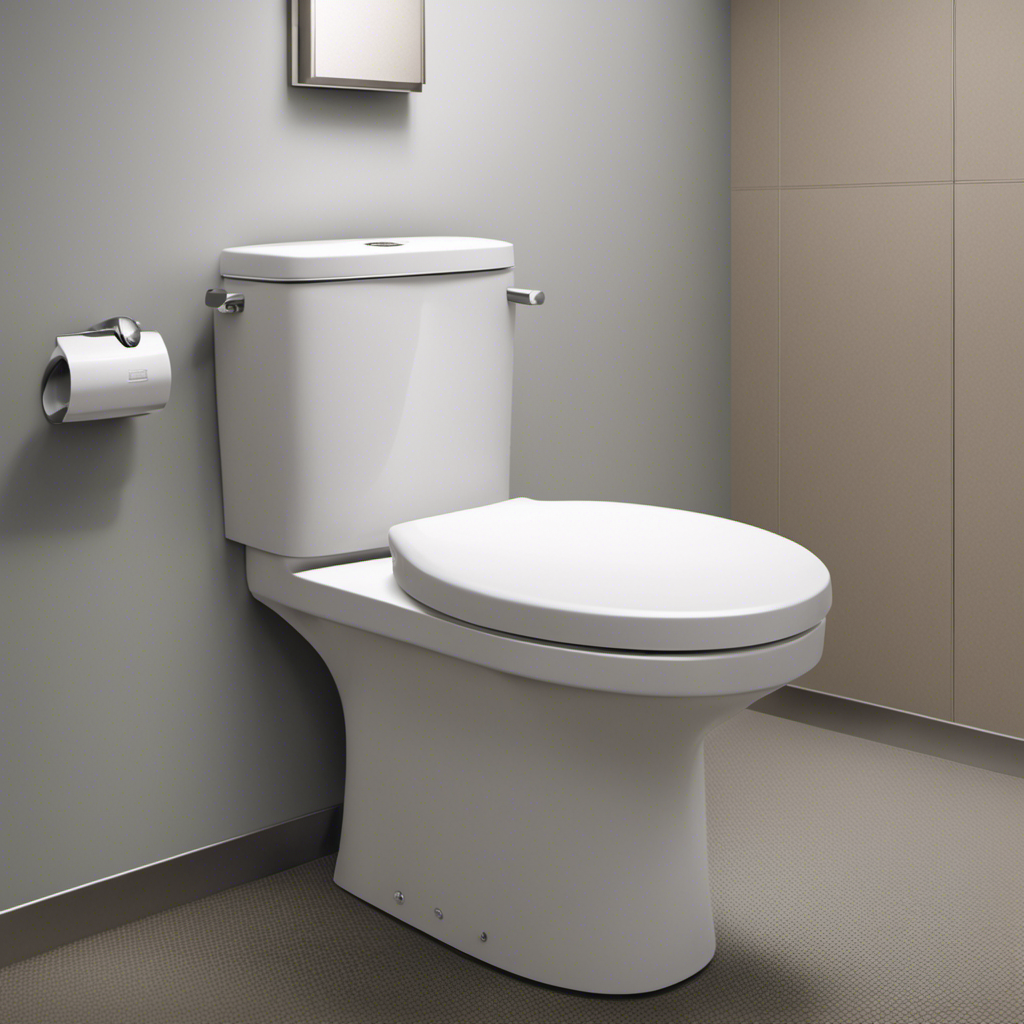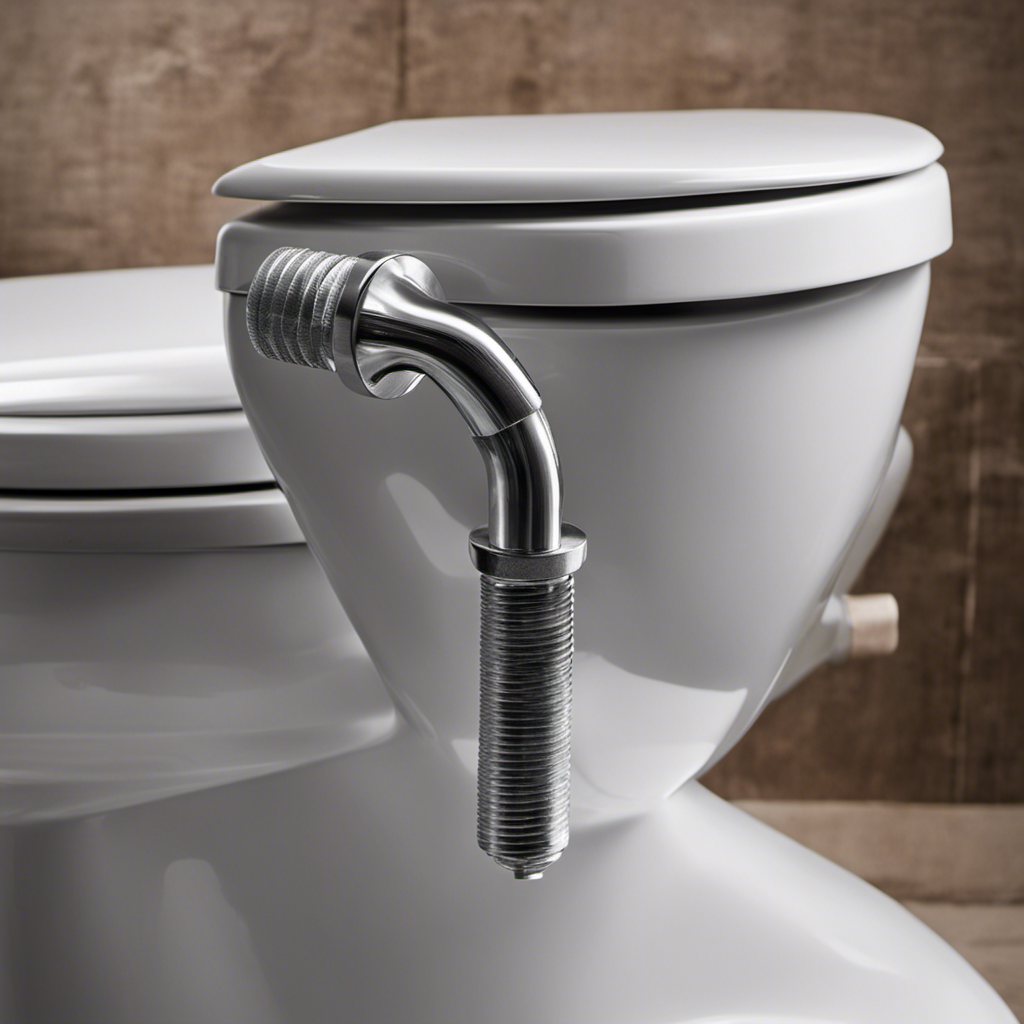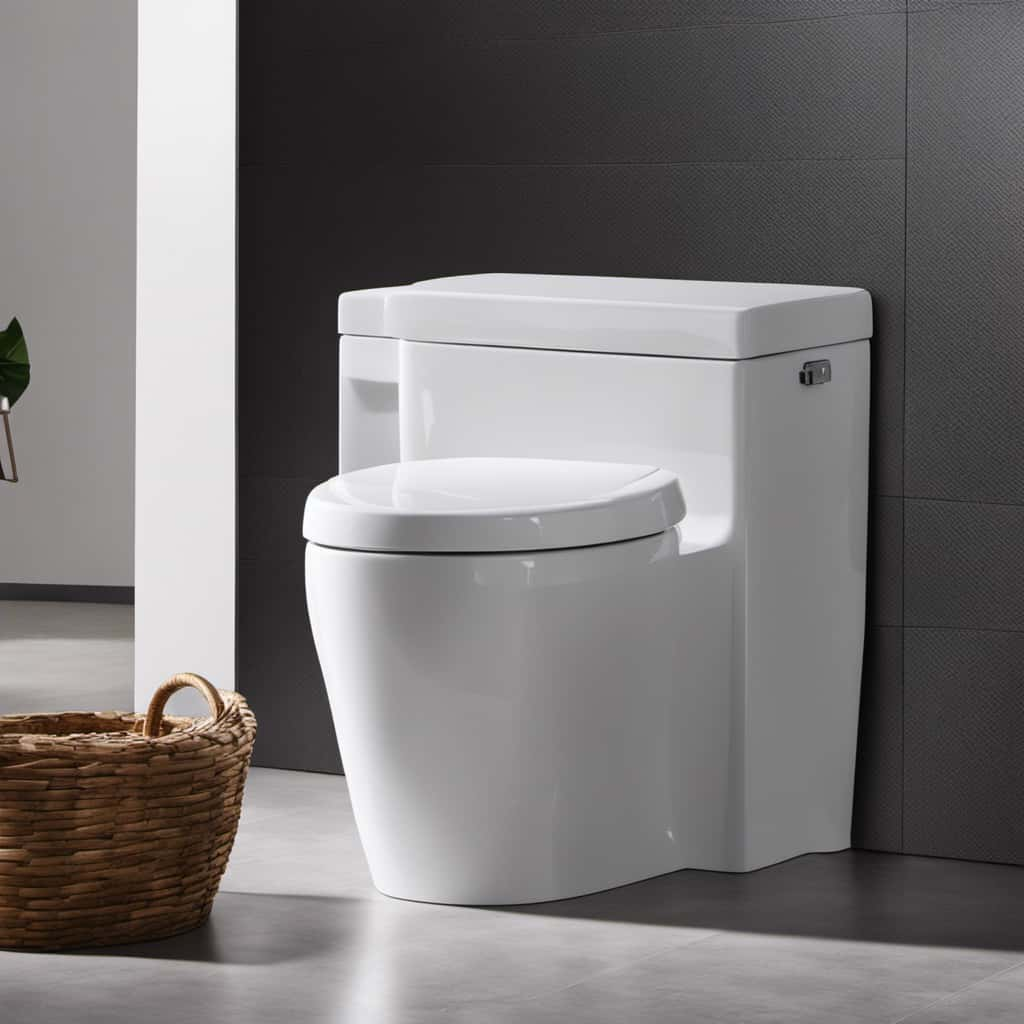Do you ever feel like your toilet has a mind of its own, constantly running and wasting water? It’s like a mischievous child, always seeking attention.
But fear not, for in this article, we will unravel the secrets behind what makes a toilet run. From the faulty flapper valve to the troublesome float, we will explore the intricate workings of this essential fixture.
So sit back, relax, and prepare to embark on a journey into the depths of your porcelain throne.
Key Takeaways
- Faulty flapper valve is a common cause of toilet running and can result in continuous leakage.
- Issues with the float, such as incorrect adjustment, can lead to continuous water flow or weak flushes.
- Problems with the fill valve, like leaks or loose connections, can affect the water level in the tank.
- Leaky toilet tanks should be promptly addressed to prevent water waste and increased bills.
Common Causes of Toilet Running
One common cause of your toilet running is a faulty flapper valve. The flapper valve is a rubber seal that sits at the bottom of the toilet tank and controls the flow of water into the bowl. Over time, the flapper valve can become worn or damaged, causing it to not seal properly.
This can result in water continuously leaking from the tank into the bowl, causing your toilet to run constantly. To fix this issue, you will need to replace the flapper valve.
Regular toilet maintenance is important not only for preventing a running toilet but also for water conservation. By fixing a faulty flapper valve, you can save gallons of water from being wasted each day.
Faulty Flapper Valve
The faulty flapper valve is usually the culprit when a toilet keeps running. This valve is responsible for controlling the flow of water from the tank to the bowl. Over time, the flapper valve can become worn out or damaged, causing it to not seal properly. When this happens, water will continuously leak from the tank into the bowl, leading to a running toilet.
To troubleshoot this issue, you can try adjusting the chain connected to the flapper valve or cleaning any debris that may be preventing it from closing fully. If these steps don’t solve the problem, it may be necessary to replace the flapper valve entirely. This can be done by purchasing a new flapper valve replacement kit from a hardware store and following the instructions provided.
Once the flapper valve is working properly, you can move on to addressing any issues with the float.
Issues With the Float
If the float isn’t adjusted correctly, it can cause a constant flow of water in the toilet. The float is responsible for controlling the water level in the toilet tank.
When the tank fills up after a flush, the float rises, and when it reaches a certain height, it shuts off the water supply. However, if the float is set too high, the water level will constantly rise and overflow into the overflow tube, causing the toilet to run continuously.
On the other hand, if the float is set too low, not enough water will be refilled after a flush, resulting in a weak flush or incomplete bowl refill. To adjust the float, locate the adjustment screw or clip and move it up or down to achieve the desired water level control.
Problems With the Fill Valve
To fix problems with the fill valve, you should check if the valve is properly connected and adjust the water level accordingly. Proper maintenance of the toilet fill valve is crucial for the efficient functioning of your toilet. If you are experiencing issues with the fill valve, there are a few troubleshooting steps you can take. First, check if the valve is securely connected to the water supply line. Ensure that there are no leaks or loose connections. Next, adjust the water level by turning the adjustment screw on the fill valve. This will control the amount of water that enters the toilet tank. If the problem persists, it may be necessary to replace the fill valve. Regular toilet fill valve maintenance will help prevent future issues and ensure the proper functioning of your toilet.
Here is a table summarizing the troubleshooting steps for fixing problems with the fill valve:
| Step | Action |
|---|---|
| 1 | Check if the valve is properly connected |
| 2 | Adjust the water level using the adjustment screw |
| 3 | Replace the fill valve if necessary |
Leaky Toilet Tank
Check for any leaks in your toilet tank so that you can address them promptly. Leaky toilet tanks not only waste water but can also lead to increased water bills. Here are three steps to help you identify and fix the problem:
-
Inspect the tank: Look for any visible signs of leaks, such as water pooling around the base or a constant trickling sound.
-
Test the flapper valve: Flush the toilet and observe if the flapper valve closes properly. If it doesn’t, it may need to be replaced.
-
Check the tank bolts and gaskets: Examine the bolts and gaskets connecting the tank to the bowl. If they are loose or damaged, water can leak out. Tighten or replace them as necessary.
Potential Blockages in the Toilet Flushing System
A potential blockage in the toilet flushing system can cause water to overflow from the bowl.
To prevent toilet clogs, it is important to understand how the flushing system works and troubleshoot any issues that may arise.
The flushing system consists of a fill valve, flush valve, and trapway. The fill valve controls the water level in the tank, while the flush valve releases the water into the bowl during a flush. The trapway carries waste and water from the bowl to the sewer line.
If you experience frequent clogs, check for any objects that may be obstructing the trapway or flush valve. Additionally, avoid flushing bulky items or excessive amounts of toilet paper.
Regular maintenance, such as using a plunger or drain snake, can also help prevent blockages and ensure proper toilet flushing.
Conclusion
So there you have it! Now you know what makes a toilet run.
From a faulty flapper valve to issues with the float, problems with the fill valve, and even potential blockages in the flushing system, there are a variety of reasons why your toilet may be running.
But fear not! Armed with this knowledge, you can tackle any toilet troubles that come your way.
So go forth, my friend, and conquer those running toilets like a fearless plumber on a mission!
Happy flushing!










